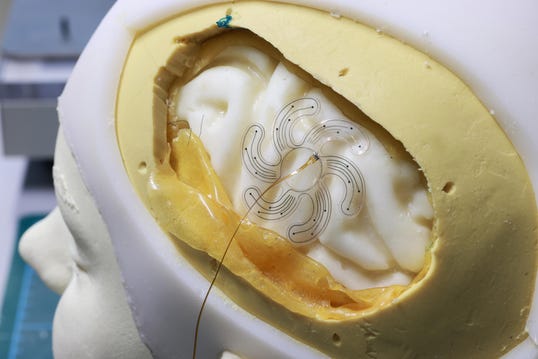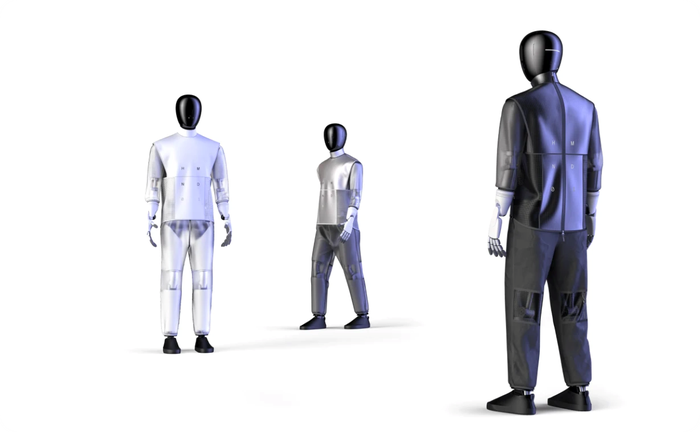Soft Robot Brain Implant Designed to Treat EpilepsySoft Robot Brain Implant Designed to Treat Epilepsy
The flower-like design has six foldable arms that unfurl once inserted into the skull

A new small-scale, soft robotic implant has been designed to help treat epilepsy.
The flexible robot is inserted into a patient’s skull and sits between the skull and the surface of the brain

Credit: Ecole Polytechnique Fédérale de Lausanne
Created by a team from Switzerland’s Ecole Polytechnique Fédérale de Lausanne (EPFL), the robot is a tiny, foldable electrode array that can be unfurled once inserted through a hole in a patient’s skull, applying consistent pressure to certain parts of the brain.
This electrode array stimulates and monitors electrical activity in the brain for patients who suffer from neurological conditions such as epilepsy.
“Minimally invasive neurotechnologies are essential approaches to offer efficient, patient-tailored therapies,” says Stéphanie Lacour, EPFL’s neurotechnology expert. “We needed to design a miniaturized electrode array capable of folding, passing through a small hole in the skull and then deploying in a flat surface resting over the cortex. We then combined concepts from soft bioelectronics and soft robotics.”
The first prototype consists of an electrode array that fits through a hole 0.7 inches in diameter but can expand to cover a surface of the brain double the size.
According to the team, the robot’s folding and expanding capabilities are achieved by the device being turned inside out and then extended once deployed in the brain using a pressurized liquid, a method known as eversion.
“The beauty of the eversion mechanism is that we can deploy an arbitrary size of electrode with a constant and minimal compression on the brain,” said Sukho Song, lead author of the study. “The soft robotics community has been very much interested in this eversion mechanism because it has been bio-inspired. This eversion mechanism can emulate the growth of tree roots, and there are no limitations in terms of how much tree roots can grow.”
To achieve the flexibility needed for the eversion mechanism, the team used elastomers for the device’s design, as well as stretchable, thin metal gold for the electrodes.
The team has successfully tested the design in a micro-pig, with plans underway to bring the device to clinical trials.
About the Author
You May Also Like







